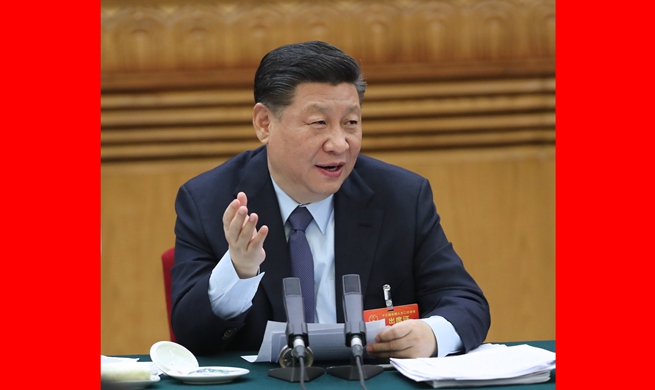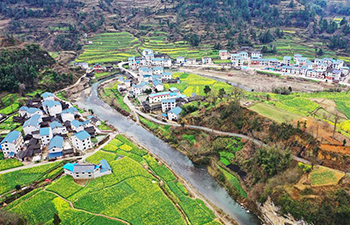by Raimundo Urrechaga
HAVANA, March 7 (Xinhua) -- Three months ago a new scene took over the streets of Cuba as locals began to surf the Internet on their mobile phones, a highly awaited service for years.
Since Dec. 6, 2018, over 1.8 million users from all over the island have enabled the third generation (3G) mobile network and over 40 percent of them have activated one of the four data packages offered by the Cuban Telecommunications Company (ETECSA).
The growing acceptance of the service has become a challenge for the only telecom provider in the Caribbean nation, whose senior officials recognized on Thursday quality and access issues over the last few weeks.
"We are at 160 percent of expected capacities, it's something that surprised us, but we are looking for solutions. We will start providing 4G Internet service to select users on Friday to provide a higher-quality experience," Eliecer Samada, head of ETECSA's wireless access group, told local media.
According to the official, antennas for the 4G network, also known as LTE, have already been installed, which will allow sharing the service demand in the deployment area and offer users greater bandwidth and quality in the service.
Samada explained that for the pilot test, the technology will cover the northern coast of Havana all the way to the Special Development Zone of Mariel, about 50 km west of the city.
Also it will stretch to Varadero, Cuba's main tourist destination, about 130 km east of Havana.
"We will offer the possibility to approximately 10,000 users initially located in these areas to use the 4G network and then evaluate commercial strategies to spread the service," he added.
On the LTE infrastructure, ETECSA has already begun to test services as part of its investment plan in the short and medium term, while carrying out in parallel other strategies to optimize the service, he stated.
In this context, Kevin Castro, ETECSA's director of projects operation, told Cuban State television on Thursday the company has decided to place antennas with "micro localized coverage" in areas with high concentration of people.
"The purpose is to achieve a more effective coverage and experience, vacate data traffic, prevent the network from collapsing as it has happened in recent days and return to the quality we had at the beginning," he said.
The ETECSA official said the data service requires greater investments in accordance with its popular acceptance and accelerated growth rate as Cubans are eager to surf the Internet on their cellphones.
According to figures recently released by ETECSA, 5,000 new customers join the data connection every day and 35 percent of the 5.4 million mobile lines registered in the country have enabled the Internet service on mobile phones in only three months.
ETECSA is offering packages ranging from 600 megabytes for about 7 U.S. dollars to four gigabytes for around 30, which is in line with fares elsewhere but high for most Cubans as the average salary for a state worker in the country is about 30 U.S. dollars a month.
Government authorities said prices will decrease next year as the service further develops.
Payment by data consumption is also available, with preferential rates for local websites.
ETECSA officials said the current 3G and future massive 4G service are parts of Cuba's policy to expand Internet service in the country which has been widely developed since 2013.
In this context, more than 60,000 Cuban families have Internet service in their homes known as Nauta Hogar and Internet is available to the public with over 1,200 public WiFi hotspots which started operating in 2015 in parks, hotels, cybercafes and other sites.
Cuba approved a comprehensive policy in February of last year for the expansion of new technologies, guiding the development of this sector in the country. The country also seeks to expand connectivity in state institutions, universities and research centers, online banking, e-commerce and the creation of websites for different local governments and institutions.

















